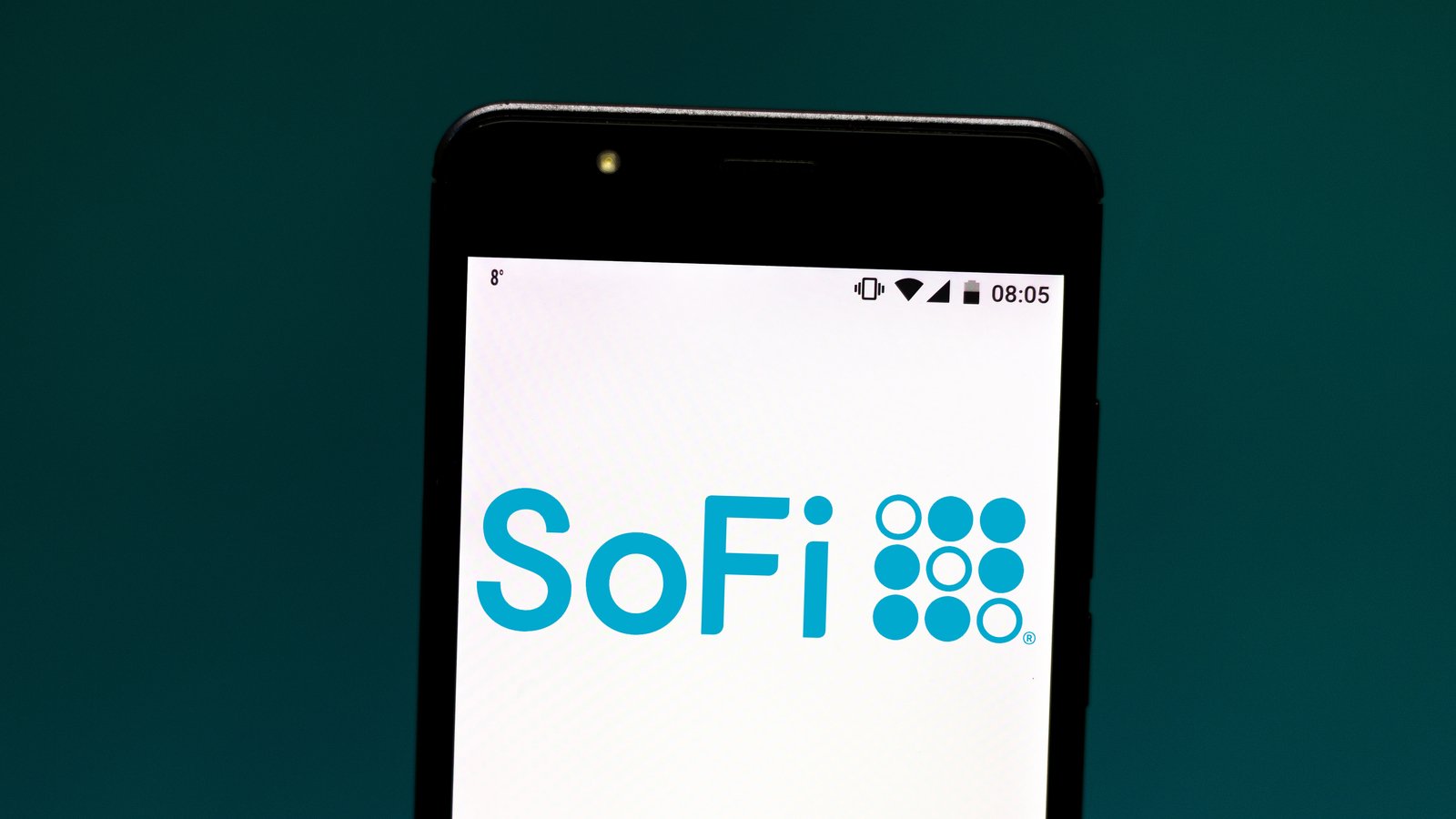Analysts love SoFi Technologies (NASDAQ:SOFI). I love it too, and even own some.
SoFi can do everything from banking and brokerage to loans and crypto. A new unit of the company can service your mortgage. Software acquisitions means it offers these services retail and wholesale. SoFi can even run other banks’ computing systems. This is why SoFi is often compared with Amazon (NASDAQ:AMZN). Operating without offices, it’s now the leading neobank.
But while SoFi is growing, doubling revenue from 2018 to 2022, it’s not making a profit. Layoffs can reduce losses, but they were still nearly 20% of revenue last year. Analysts are not expecting SoFi to see a profit until next year. Yet eight of the 11 analysts following it at TipRanks are telling clients to buy.
What’s going on? The business is changing rapidly and SoFi must change with it.
What Went Wrong?
Some of what went wrong lies in SoFi’s origin story.
SoFi was founded in 2011 to refinance student loans. This made sense when money was cheap. Students got a lower rate than they were already paying, and they had jobs.
Then the pandemic introduced moratorium on those loans, and talks of broader student debt relief.
Then there’s SoFi, which wants its loans paid back. It also wants the government to demand its own money back, because loan originations are down by half since 2020. This has gotten political, and SoFi’s reputation has taken a hit.
Now, consider banking. SoFi won a national banking charter last year, after buying a small California bank called Golden Pacific. It now holds $7.3 billion in deposits, against $1 billion a year ago. That also means it owns long bonds with low rates, and the savvy depositors it targets want to be paid real money for it to hold their money.
Golden Turtle Strategy
CEO Anthony Noto, whom I have praised to the skies, has little choice but to execute a golden turtle strategy, pulling in his financial shell and focusing on wealth to get through the danger.
InvestorPlace contributor David Moadel thinks the stock could double from here and I want to agree. SoFi stock needs to double for me to break even.
Moadel’s bull case is based in part on the purchase of the mortgage lender, Wyndham Capital Mortgage. It’s also based on SoFi’s participation in a new FDIC insurance network that brings the limit on protected deposits up to $2 million.
Thus SoFi is pulling into its shell and going up-market. Out with the 20-somethings trying to save on student loans. In with the 40-somethings who can afford NFL tickets, since the SoFi name is on a stadium used by the Rams and Chargers.
Assuming inflation abates and allows interest rates to start falling, SoFi will be uniquely positioned to take advantage of the next growth phase of the U.S. economy.
The Bottom Line on SOFI Stock
The ingredient needed for all this to work is time. I think SOFI stock needs at least a year, probably two, to get back to where it finished its first day of trading in June 2021, which was $22.65 per share. That kind of performance would be truly spectacular. SoFi current trades at about $6.
It’s important to remember where that $22.65 came from. SoFi came public after being acquired by Social Capital Hedosophia Corp V (IPOE). IPOE was one of a handful of special purpose acquisition companies (SPACs) launched by Chamath Palihapitiya.
SoFi today has little in common with the bank that Palihapitiya took public. If you lose money on it from here blame me, not him.
On the date of publication, Dana Blankenhorn held long positions in AMZN and SOFI. The opinions expressed in this article are those of the writer, subject to the InvestorPlace.com Publishing Guidelines.
